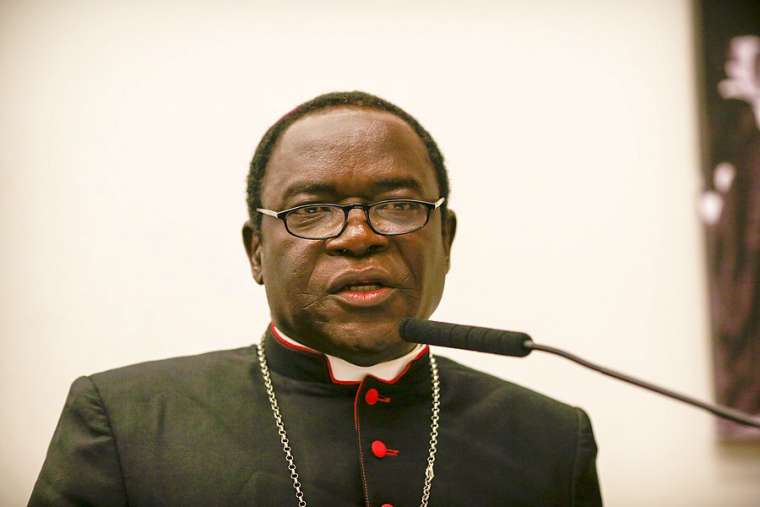BY KELVIN KOKORICHA
The international crude oil market has been in a tailspin in 2020. The year began like any other without the slightest inkling on the chain of events that has left crude oil producers reeling.
The tone was set when Russia and Saudi Arabia, two of the world’s leading crude oil producers, began a crude oil price war. It commenced on March 8 2020 when Saudi Arabia started discounting the price of its crude in response to Russia’s refusal to reduce crude oil production in order to stabilize prices. Specifically, Saudi Arabia announced price discounts of $6 to $8 per barrel to customers in Europe, Asia and the United States of America.
The unexpected price slash by Saudi Arabia caused a free fall in prices of crude oil on March 8 with the Brent crude falling by 30%, the largest drop since the Gulf War. Similarly, the West Texas Intermediate (WTI), another grade of crude oil used as a benchmark in oil pricing, fell by 20%.
Advertisement
The spiral effect continued the next day, March 9 2020, as stock markets worldwide recorded significant losses as a result of the price war and fears over the COVID-19 pandemic. The Russian Ruble declined by 7% to a 4-year low against the Dollar.
However, the crude oil prices and stock markets began to recover a few days afterwards. On March 10 2020, Saudi Arabia announced that it would increase its production volume from 9.7 million barrels per day to 12.3 million barrels.
The oil market remained depressed for the rest of March and early April before Russia and Saudi Arabia reached a truce on April 9, and agreed to oil production cuts.
Advertisement
Notwithstanding the production cuts by Russia and Saudi Arabia, the price of WTI fell into negative territory on April 20 – the first time in history due to low demand and insufficient storage. According to Reuters, the WTI plunged to minus $38 per barrel while Brent crude oil price dropped to $18 per barrel. This situation was made worse by the coronavirus pandemic, which was spreading like wildfire across the globe, forcing many factories to shut down while several countries closed their borders to contain the spread.
OPEC Intervention and Production Cuts
Following the truce by Russia and Saudi Arabia, the organisation of Petroleum Exporting Countries (OPEC) announced that its members and ally, Russia, had agreed to crude oil production cuts that would take 10 million barrels off the market in order to help stabilise the market and shore up prices.
In a statement released after the meeting, OPEC stated that measures were “agreed by all the OPEC and non-OPEC oil producing countries with the exception of Mexico, and as a result, the agreement is conditional on the consent of Mexico”.
Advertisement
Interestingly, OPEC blamed the coronavirus pandemic alone for the volatility of the market. According to Mohammed Barkindo, Secretary General of OPEC, “Covid-19 is an unseen beast that seems to be impacting everything in its path. For the oil market, it has completely up-ended market supply and demand fundamentals”.
Although the OPEC production cut which resulted in quota allocation to member states has helped create stability in the oil market, it is bad news for countries that depend on crude oil sales for a significant income. Nigeria is a case in point.
Implications of Production Cuts on Nigeria
Before the oil market was routed by the Russia-Saudi Arabia faceoff, Nigeria had set a production target of 2.18 million barrels of oil per day. In fact, on October 8 2019, President MuhammaduBuhari submitted the Federal Government’s budget proposal for 2020 entitled “Budget of Sustaining Growth and Job Creation” before a joint sitting of the National Assembly. Aside the record N10.33 trillion ($33.8b) budget with an estimated revenue target of N8.15 trillion ($27.4b), the budget was premised on a projected crude oil price of $57 per barrel and an estimated 2.18 million barrels per day.
Advertisement
That projection has been obliterated considering the current realities of the crude oil market. Against the backdrop of the OPEC production cuts and continuing volatility of the market, the Federal Government was compelled to make a downward revision of its crude oil production volume estimates.
The OPEC production quota has pegged Nigeria’s production to 1.4 million barrels per day. This has thrown up new economic realities for Nigeria including a reduction of the 2020 budget by over N300 billion ($980.3m) to a new budget of N10.8 trillion ($30b). It has also resulted in the Naira being devalued by the Central Bank of Nigeria to help deal with the forex crisis.
Advertisement
Some oil industry analysts have queried the production quota of 1.4 million. Charles Akinbobola, energy analyst at Sofidam Capital said Nigeria could have got a better deal. “This does not look like a good deal for Nigeria, we should have negotiated for a 23 percent cut on production of 2.3 million barrels per day, not 1.83 million barrels per day”, he said.
Consequently, the Nigerian National Petroleum Corporation (NNPC) through its Crude Oil Marketing Department (COMD) allocated certain percentages of production cuts to oil companies operating in Nigeria in order to achieve compliance with the OPEC crude oil production quota for Nigeria.
Advertisement
A Case for Marginal Field Operators
There’s a need to interrogate NNPC’s production quota allocation to marginal field operators considering the fact that they contribute just about 2% to Nigeria’s daily production of crude oil.
Advertisement
The production quota allocation to marginal field operators is already having a telling effect on their operations and these companies may become insolvent if the government fails to take drastic measures.
The current low price of crude oil has significantly constrained the revenues of marginal field operators. Aside this, most of the marginal fields are highly leveraged and as result are not able to meet debt service, with a significant risk of bankruptcy.
Bankruptcy will result in more job losses at a time Nigeria is grappling with record levels of unemployment. On August 24, the National Bureau of Statistics (NBS) released a report which shows that 27.1% of Nigerians are unemployed. The NBS data further reveals that Nigeria’s economy contracted by 6.10 per cent in the second quarter of 2020 with a possibility of further contraction which will throw the economy into a second recession in four years.
Against this backdrop, the federal government should critically consider not cutting the production volume of marginal field operators in order to protect the sector and employment of Nigerians.
According to the DPR guidelines on marginal fields, the main objectives of Nigeria’s marginal field programme is to grow production and capacity of local producers, diversify resources and investment flow. It is also meant to promote technology transfer and common usage of assets to ensure optimum use of available capacities. Nigeria runs the risk of erasing the progress made so far in marginal fields if the cuts are not halted – and immediately.
Kokoricha is a public affairs analyst.
Views expressed by contributors are strictly personal and not of TheCable.
Add a comment






